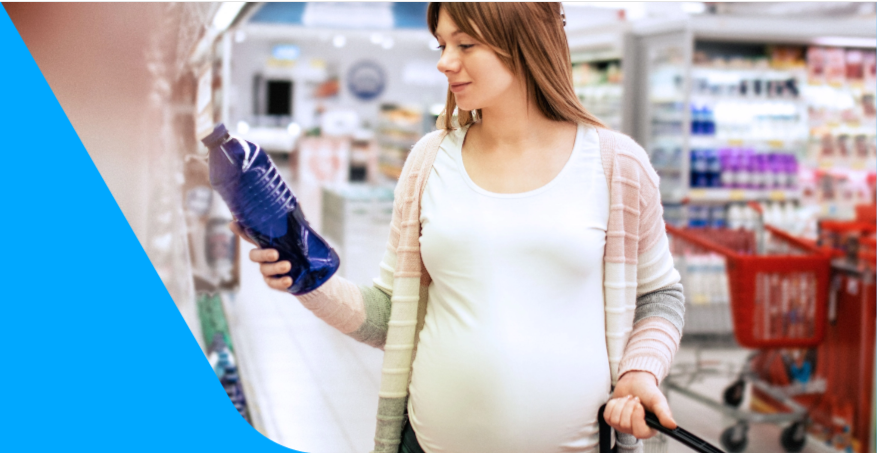When babies begin eating solids, every meal becomes a learning opportunity.
When you look at your baby’s or toddler’s food tray, do you often see nothing but a big mess? That’s actually a good thing. Messy eating is a positive sign that your child is busy learning. All that mashed-up food might look like just a tray (and floor!) smeared with carrot puree, but it’s actually a classroom in progress.
Young children learn best by doing. That’s how the developing brain collects the information it needs in order to make sense of things. And that’s what’s happening when they play with their food.
What Babies Learn from Food
Touch, squish, mash, poke, toss (and, oh yeah, eat)—most toddlers use a two-handed approach to food, emphasis on hand. Hands-on food experiences help them understand properties like shape, texture, temperature, and more.
Researchers have found that it’s easier for kids to learn the names of solid objects (ball, bottle) because their size, shape, and appearance remain constant. The names of squishy, gooey, oozy stuff is tougher to, well, get a grasp on. Working with 16-month-olds, researchers discovered that when presented with non-solids like applesauce, oatmeal, and soup, the kids who made the biggest messes were the fastest at learning the names of the foods.
Over time, hands-on explorations of food help children understand that, say, what we call “oatmeal” is still oatmeal whether it’s in a bowl or on their fingers, hot or cold, grayish brown or colored pink with berry stains.
These behaviours, researchers say, help kids build an early vocabulary, setting the stage for better cognitive development and function later on.
Mess Control: What You Can Do
Messy self-feeding often continues until age 3. To keep the learning going while containing the chaos, you can try a few strategies:
Consider using a high chair
In the study, kids who sat in high chairs explored food more because they grew used to being allowed to do so during the study. Bonus: A high chair is also easy to clean.
Offer just one or two foods at a time, in small amounts
You don’t need to present an entire meal on a single plate, just enough to play with. And remember, toddler serving sizes are smaller than adult ones. Toddlers need small amounts of food more often throughout the day.
Try not to get hung up (yet) on utensils and table manners
There’s a time for that, but it comes later, when your child is better able to manipulate utensils and follow rules. Most toddlers can use a spoon at around 18 months, but they don’t always like to—and that’s OK for now.
Use unbreakable dishes and cups
in case the food lessons turn into a physics experiment too.
Know when to end the session
When the mess starts flying onto the floor, hair, and you, your child is probably full and getting a little bored. It’s fine to end the meal (and class, so to speak) before your kitchen looks like a splatter painting.







